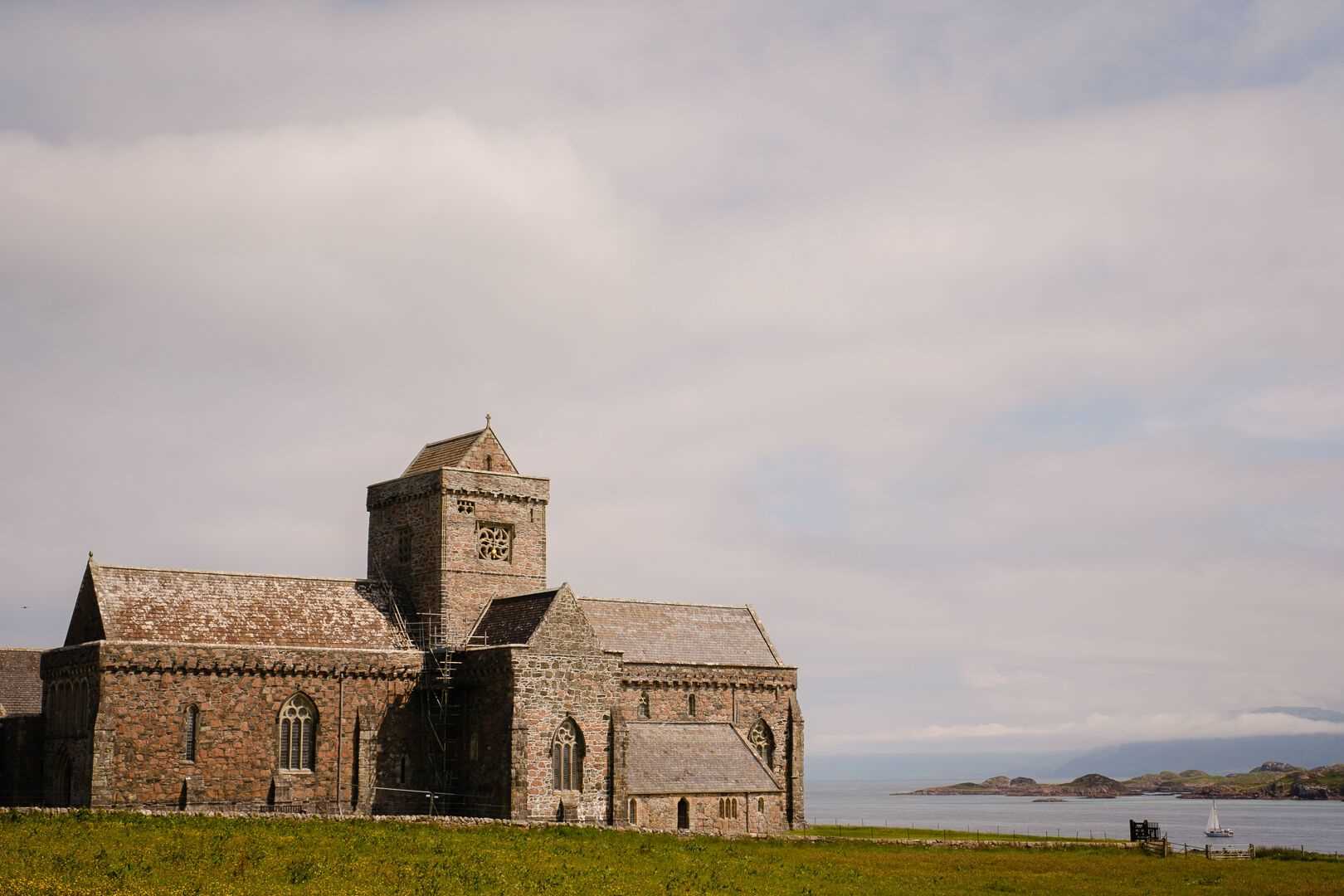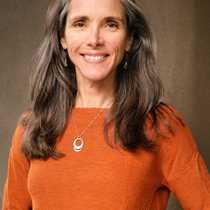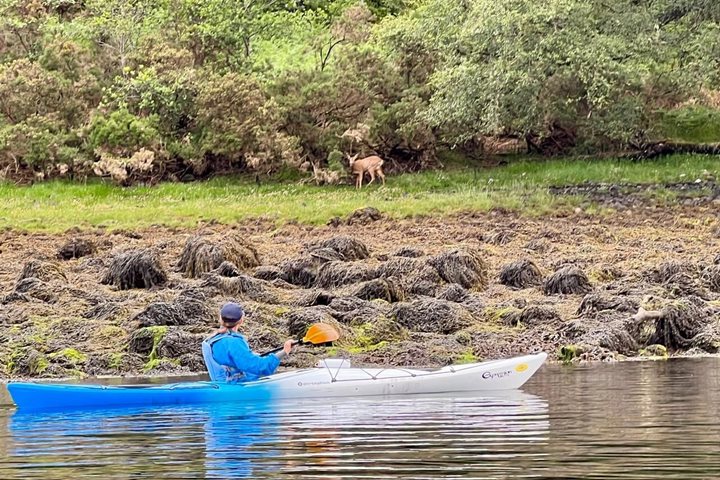As we left Oban there was just the right amount of mist to lend an air of mystery to our evolving Hebridean adventure. We motored on to the Isle of Mull and caught our first glimpse of Duart Castle off the port side of the Lord of the Glens. The original core of the castle dates to around the 7th century. It had been a simple tower which was subsequently renovated and embellished by the present laird’s grandfather. A significant amount of scaffolding betrayed the fact that current works are underway. It also posed some challenges for the keen photographers amongst us, but all these could be overcome by following the expert advice of our onboard expedition photo instructor, Jennifer Davidson.
On our approach to port at Craignure in Mull, we had to wait for a bit before we could berth because the schedule of public ferry took priority. Ferry operators Caledonian MacBrayne (or Calmac, as they are known in Scotland) operate what is described as lifeline service. This description came about because ferries play a vital role in Scottish island life. Goods and people need to be regularly transferred to and from the mainland.
As soon as we could we all made our way down the gangway and onward to our coach where driver, John Marrow, awaited us. He proved to be a source of great humour and indeed driving skill. The latter was just as well because we needed to reach Fhionnphort in time for the 10-minute crossing to the enchanting Isle of Iona, known throughout Scotland as the “Cradle of Christianity.” That is due to the work of a 6th century Irish missionary who we now know as St. Columba and who chose Iona as his base from which to spread his religion amongst the indigenous Pictish Highlanders.
The clock may have been ticking but our trip across the island of Mull was a smooth one and we had time to drink in some truly spectacular scenery. By this time there was no more remaining whisps of mist, only brilliant summer sunshine. We saw a mountain called Ben More, which reaches up into the sky to height of just over 900 metres or 3000 feet. Most impressive in current times, we could only imagine how it was when its summit stood at around 5,000 metres above sea level. But that was way back in the depths of deep time, many millions of years ago. A distant chapter in the history of an ancient and ever-changing landscape.
Out of the righthand side of the coach, we also saw the basalt columns of Staffa Island. Its impressive cave has inspired artists and poets for centuries. Composer Felix Mendelssohn stood within its walls and was inspired to write a wonderful piece of music, known simply as “Fingle’s Cave.” And many a famous piper has blasted out a rousing set of tunes, amplified by the cave’s echoing surrounds.
We caught the ferry. Of course, we did! That is the kind of logistical challenge that Lindblad excels at. The crossing to Iona took just 10 minutes. On arrival we gradually immersed ourselves in a magical, evocative environment as we made our way to Iona Abbey via the ruins of a medieval nunnery. We just had to pause within its walls because the photo opportunities were amazing, and we were being serenaded by a chorus of birdsong from several different species, all identified by our expedition naturalist Eduardo Shaw.
It is said that the veil between heaven and earth is thin on Iona. Many of us felt that to be true.
Iona Abbey is home to the Iona Community, a religious organisation founded by Sir George Macleod in 1938. Sir Macleod had survived the horrors of trench warfare during First World War. It inspired his Christian ministry and led him to become a committed pacifist who wanted to provide a nurturing, spiritual environment, and meaningful activities for disadvantaged Scots. He undertook the Herculean task of raising funds and managing the rebuilding of the abbey at the same time as attending to his duties as a church minister in Glasgow. Ultimately doing both jobs proved impossible, and the mission work took over.
We left the island after a bit of shopping and a leisurely lunch but there was yet more to come. We made our way by coach to meet Sir Lachlan Maclean at the aforementioned Duart Castle. The weather gods continued to smile upon us, and we enjoyed a tour in the company of the laird and then a traditional afternoon tea.
On our way back to join the ship in Mull’s major town, Tobermory, we drew up alongside a field of Highland cows. We disembarked the coach and spent some time looking at them and photographing them.
Later that evening, we enjoyed a talk about cetaceans from a representative of the Hebridean whale and dolphin trust. It was a full day and a special one, satisfactorily concluded by some with a late evening meander around the colourful streets of Tobermory followed by a wee dram back on board our ship.









